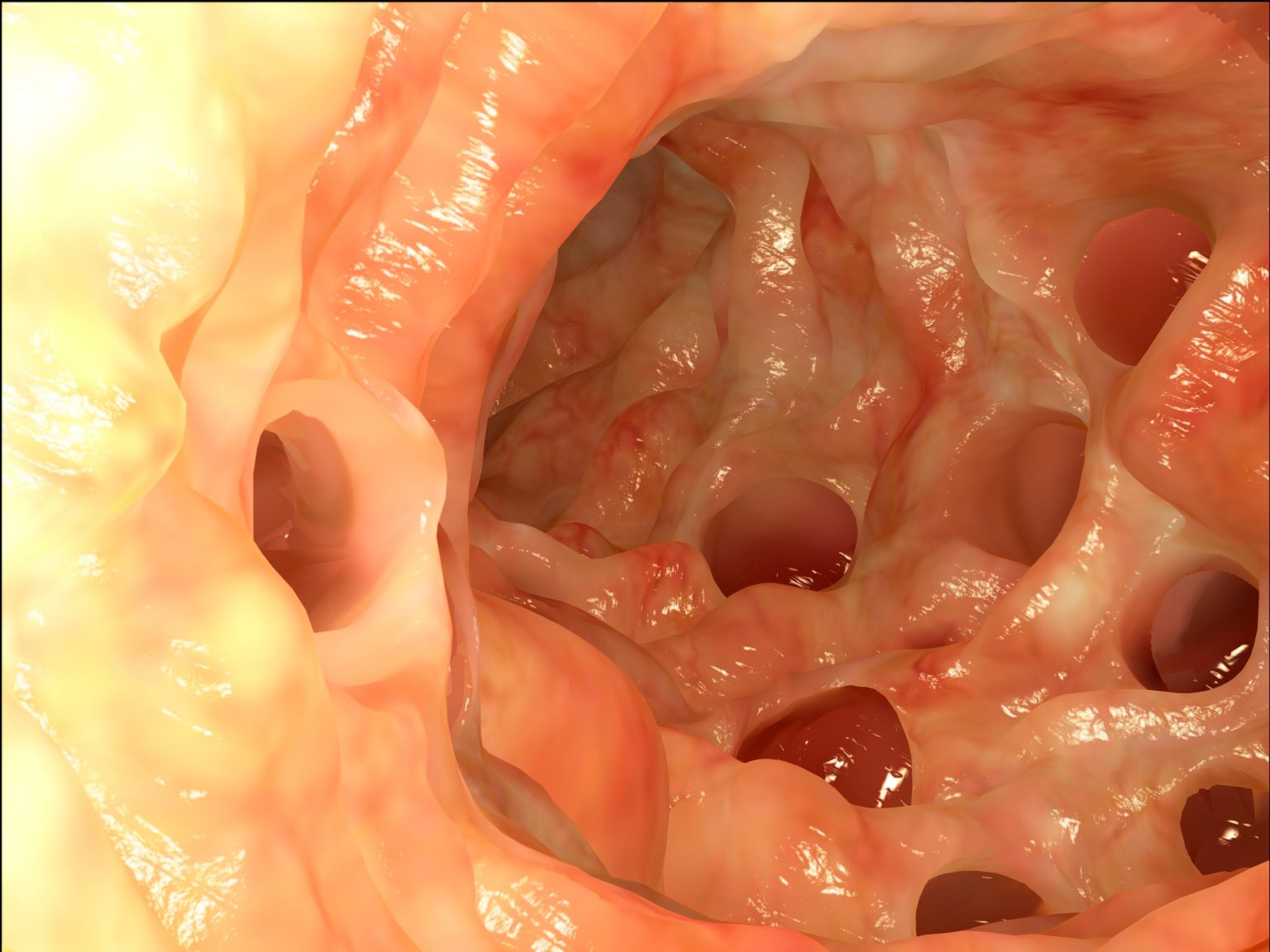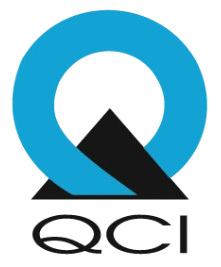Zenkers (Diverticulum)
What is Zenker’s diverticulum?
Zenker's diverticulum (ZD), named after one of the most renowned German pathologists, Mr Friedrich Albert von Zenker, is a pulsion diverticulum of the mucosa of the hypopharynx. ZD is also known as a pharyngeal pouch and is a posterior herniation of the hypopharynx, proximal to the cricopharyngeal muscle, i.e., above the upper oesophageal sphincter.
ZD does not involve the whole layers of the oesophageal wall and is a pseudo diverticulum as the Zenker’s pouch comprises the oesophagal mucosa plus submucosa.

ZD generally results from the posterior herniation of mucosa and submucosa into Killian’s triangle, which is located on top of the cricopharyngeus muscle and beneath the inferior pharyngeal constrictor muscle.
Signs of Zenker’s diverticulum:
To put it simply, when you experience excessive pressure within the lower human pharynx, the weakest part of the pharyngeal wall swells out, creating a diverticulum that may extend to several cm in diameter. The pharynx is a part of the throat located behind your mouth and nasal cavity, just above the oesophagus and trachea.
Zenker diverticulum may be asymptomatic. The following are the symptoms that are caused due to the trapping of liquid or food inside the diverticulum:
- Dysphagia – difficulty swallowing and a feeling of a lump in the throat
- Halitosis or bad breath that is caused as solid food is consumed by micro-organisms
- Chronic cough as food gets regurgitated within the airway
- Regurgitation means the ingested food makes a re-emergence in your mouth
- Infection
- Feeling or presence of foreign body
- Aspiration pneumonia
- Loss of weight
- Globus sensation
Treatment
If you are diagnosed with minor and asymptomatic cases of Zenker’s diverticulum, there is usually no necessity for surgeries. However, larger symptomatic cases of Zenker’s diverticulum have been conventionally cured by surgeries in the neck.
Many non-surgical endoscopic procedures have earned more prominence in modern times, thanks to the faster recovery period. The most favoured treatment in the current times is endoscopic stapling. Fibreoptic diverticular repair is also another popular method.
Overview of Z POEM procedure
As explained, Zenker’s diverticulum is described with symptoms such as loss of weight, dysphagia, and broncho aspiration.
Open surgery has been the keystone of treatment for a long time, and it displayed a good reaction. Some options to treat Zenker’s diverticulum are rigid endoscopy, open surgery, or flexible endoscopy.
Standard endoscopic septotomy is extremely effective, but there is a symptom relapse in around 11%–30% of cases. Rigid endoscopic diverticulectomy displays similar outcomes, but there is a conversion rate to open surgery of around 30%. Flexible endoscopic diverticulectomy is secure, successful, and is conducted in an endoscopic atmosphere. However, multiple sessions may be required because of partial cutting of the septum.
In the light of these procedures, the peroral endoscopic myotomy (POEM) procedure was developed to treat Zenker’s diverticulum. Z POEM is an evolving procedure whereby a complete septum myotomy can be carried out through a submucosal tunnel.
What is the Z POEM procedure?
Z POEM procedure is an advanced and new treatment that helps people with Zenker’s diverticulum and helps to re-establish their capability to eat and drink with ease. This technique helps perpetually loosen your tightened oesophageal muscles and free up areas of your oesophagus that have narrowed.
Z POEM: POEM procedure for Zenker’s diverticulum
Z POEM is a highly safe and efficient method developed for the treatment of Zenker′s diverticulum. This method poses the benefits of a total septum division along with a faster recovery period. The Z POEM procedure also presents the capacity to be conducted in people with varied diverticular sizes and patients with comorbidities.
This method is preferred over the standard endoscopic septotomy as it gives the comfort and benefits of complete septum division, which in turn reduces the probability of symptom recurrence.
How is it performed?
Z POEM has been executed under general anaesthesia in conjunction with endotracheal intubation. Your doctor, with the help of a thin and flexible tube named endoscope, goes into the interior of your oesophagus. A series of small cuts are made inside at the bottom of your oesophagus. These cuts relieve the tightened oesophageal muscles and expand any narrowing there. This allows liquids and solid food to pass from your oesophagus into your stomach easily.
What to expect after the Z POEM procedure?
After the procedure, an esophagogram may be obtained to check for any leakages, and the doctor would advise you to go on a soft diet and oral antibiotics. In 10-15 days, you can slowly move to a normal diet. Follow-up examinations may be required to evaluate symptoms and probable late adverse outcomes.
If your doctor deems fit, follow-up imaging with endoscopy may be performed if there is symptom recurrence or you remain symptomatic.
Conclusion
Z POEM is a novel and developing procedure. Various new equipment is available to deliver this procedure easier and safer. Different available techniques can be modified and matched to the patient’s anatomy to render the best results.
Reference
https://www.gastrojournal.org/article/S0016-5085(19)33553-X/fulltext#:~:text=Standard%20Z%2DPOEM%20Technique&text=A%20mucosal%20bleb%20was%20created,The%20ZD%20septum%20was%20identified.https://onlinelibrary.wiley.com/doi/full/10.1111/den.12958#:~:text=Z%2DPOEM%20or%20so%2Dcalled,even%20in%20those%20with%20high
https://stanfordhealthcare.org/medical-treatments/p/peroral-endoscopic-myotomy-poem.html


